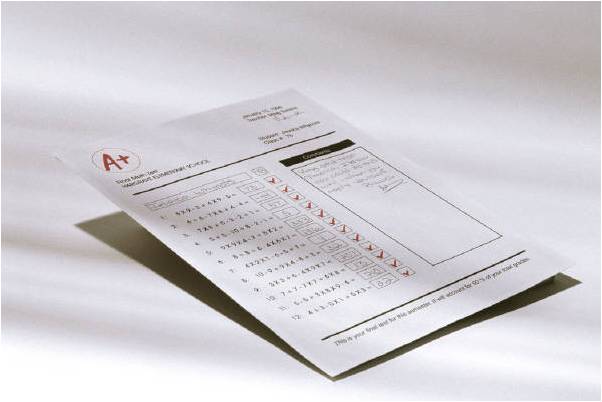In today’s environment of continuous connectivity, we are literally bombarded with interruptions from the time we wake up until we go to bed. There are some of us who are even interrupted in our sleep as we cannot seem to disconnect from the online world. We get email alerts, news alerts, banking alerts, weather alerts, traffic alerts, investment alerts, text messages, instant messages, Facebook messages, RSS feed updates, LinkedIn updates, GroupOn alerts, meeting notices, phone calls, cellphone calls and on and on. It is actually quite amazing that we are able to function at all with this many distractions!

Linda Stone has coined a term for this state of perpetual interruption. She calls it “Continuous Partial Attention”. Essentially, all the interruptions throughout our days are resulting in very few moments where we are able to concentrate fully and deeply on the tasks at hand. This results in us living in a state of Continuous Partial Attention. We are rarely in an environment without something interrupting us every few minutes…even on an airplane (which is where I wrote this post) we have been interrupted approximately 5 times in the last 20 minutes with rather meaningless announcements by our well meaning flight attendants.



